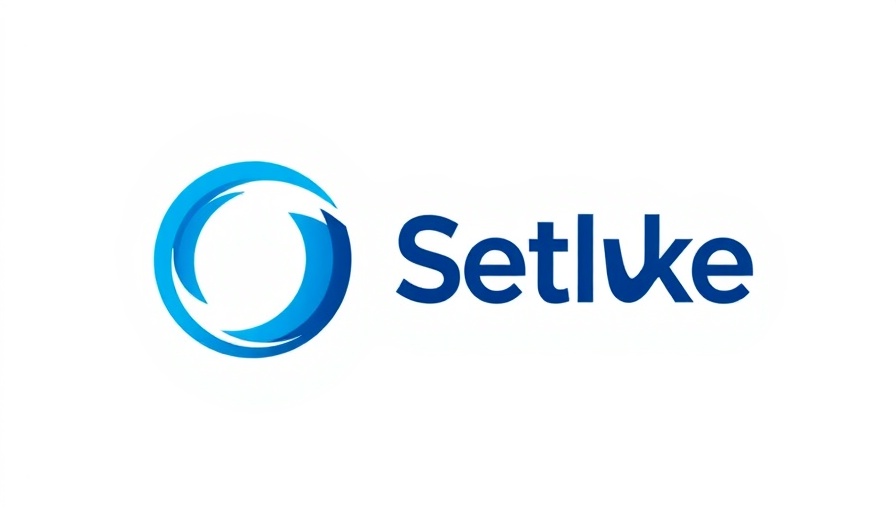
Championing Independence in Auto Repair: The REPAIR Act's Role
The National Federation of Independent Business (NFIB) has thrown its weight behind the bipartisan Right to Equitable and Professional Auto Industry Repair (REPAIR) Act, introduced by Rep. Neal Dunn. This crucial legislation aims to dismantle existing barriers that restrict independent auto repair shops from vital tools and data necessary for effective vehicle repairs, which currently remain under the purview of manufacturers and authorized service centers.
Why This Legislation Matters to Small Businesses
A letter from NFIB Principal Andrea McGee highlights the essential need for this legislation. With over 300,000 small businesses represented by NFIB, the push for smoother access to car repair data is not just a technical matter; it’s about ensuring that independent shops can survive in an increasingly digital world where vehicles often resemble "computers on wheels." The REPAIR Act would grant these businesses the ability to access critical data that can help them perform even basic repairs.
Empowering Rural Economies Through Local Services
The current state of auto repairs poses particular risks for businesses located in rural areas, where independent repair shops are often the only local options available. With research indicating that more than 70% of vehicle repairs are handled by independent shops, failure to pass the REPAIR Act could threaten not just these businesses but also the economies that depend on them. As highlighted by NFIB, 89% of their members favor customers and repair shops gaining access to necessary information for repairs.
The Future of Auto Repair: A Call for Transparency
While there are existing agreements in the industry, NFIB points out their limitations—often lacking transparency and accountability, leading to potential stalling by automakers. As consumers increasingly look to save time and money, NFIB emphasizes that the absence of easy access to repair data forces them to turn to more costly and time-consuming options, harming both their wallets and their businesses.
Looking Ahead: Advocacy for Small Businesses
The NFIB has voiced its commitment to working with lawmakers to advance the REPAIR Act and advocates for continuous support for small businesses within the automotive sector. By championing this cause, NFIB aims to foster a fairer playing field for independent auto repair shops, ultimately keeping costs down and improving services for consumers.
A Community Effort to Support Local Repair Shops
This initiative is not just a legislative win; it’s a chance for communities to rally around local businesses that provide timely, cost-effective services. As lawmakers consider the implications of this bill, the emphasis should be on the long-term benefits it promises, ensuring consumers can have reliable access to automotive repairs without compromising their financial standing.
 Add Row
Add Row  Add
Add 

 Add Row
Add Row  Add
Add 



Write A Comment